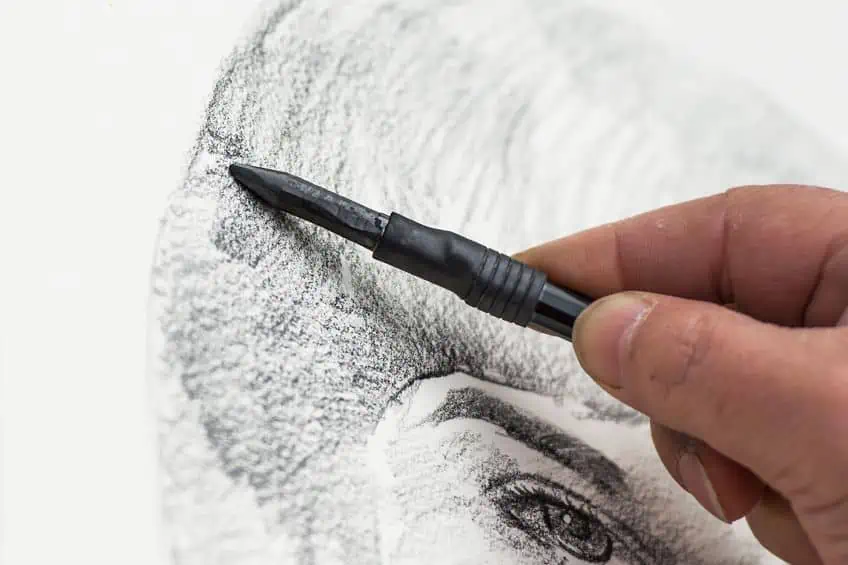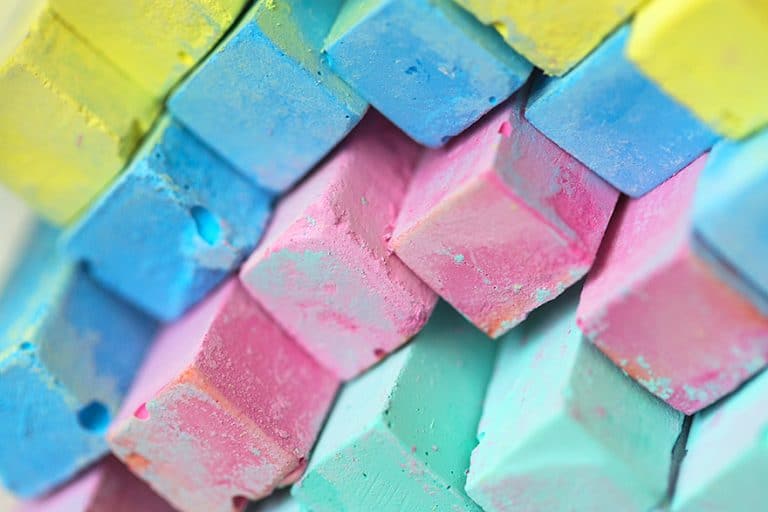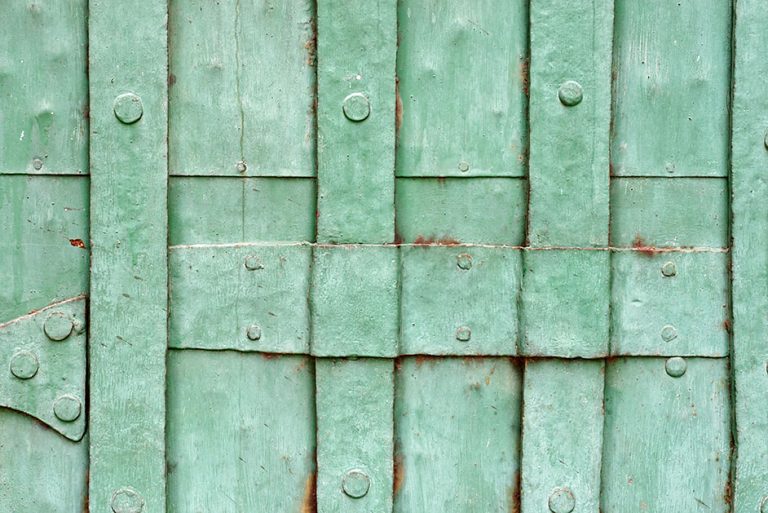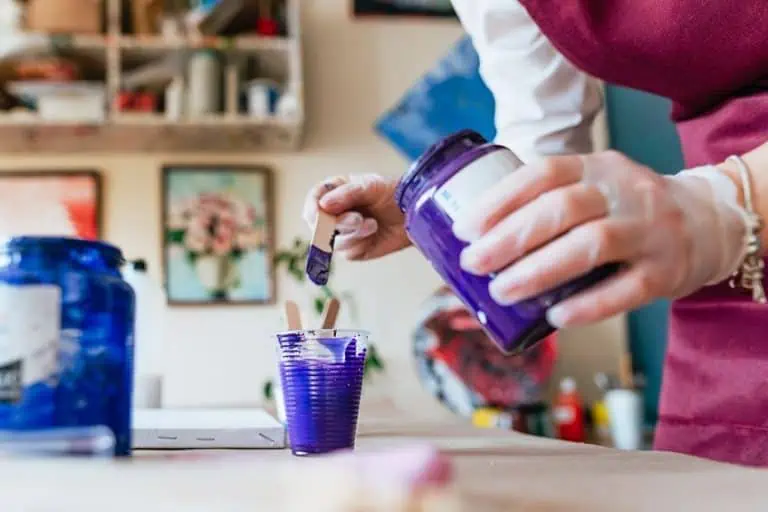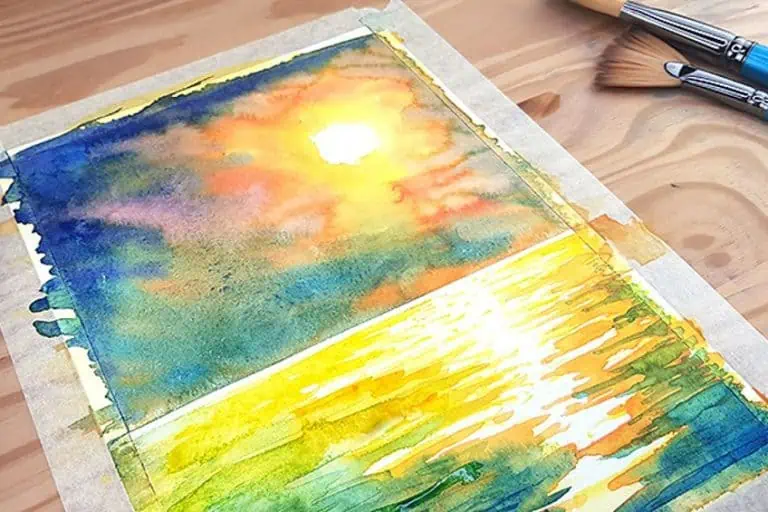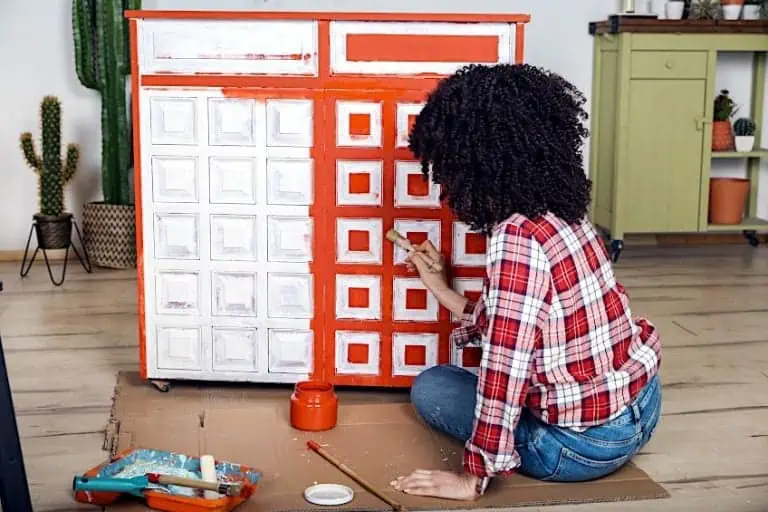Best Drawing Pencils – How to Find the Best Art Pencils for Your Needs
This post may contain affiliate links. We may earn a small commission from purchases made through them, at no additional cost to you.
In many creative art projects, what is the most general tool used? Whether it is for sketching, writing, or marking something, the pencil is an important tool many uses in everyday life. Art pencils are especially an important part of any supplies an artist owns, and today you can get some amazing drawing pencil sets. If you are a beginner, you might be thinking about what professional drawing pencil is best as there are so many different brands available. Hopefully, we can provide some insight and a few recommendations.
Table of Contents
Your Guide to Purchasing the Best Drawing Pencils
There are so many selections, it can be difficult to choose the best drawing pencils. A lot of the time, it does come down to what you prefer, so you might have to test out a few brands and a variety of pencils before you find the one you like best. Many of the options come in a drawing pencil set, so you have access to pencils so you can produce numerous lines and also do shading. Most of these pencils are then also available individually if you need to get new ones. So, what should you do when deciding to buy art pencils?
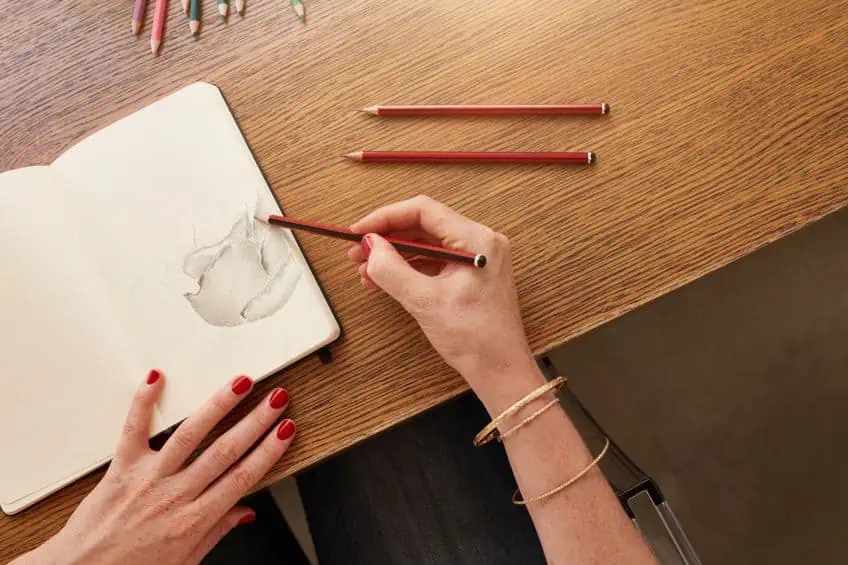
Types of Pencils
Before you look at the types of pencils, you should also consider your drawing style. Are you a professional like an architect that needs something for more detailed sketches? Maybe you prefer darker and thicker lines for drawing? Both require a specific type of pencil and understanding what your drawing style is will help you choose the best drawing pencils. As mentioned, many brands come in drawing pencil sets that have a range of pencil grades to choose from. There are also quick sketching pencils you can use, the HB pencil being a popular choice as it is perfect for drawing on the go. You might also want to look at a mechanical pencil because it is easy to transport and use.
You may also want a set of good-quality color pencils that provide bright colors and a smooth application.
Before we get into listing a few of the best drawing pencils, let us first look into what types of pencils you can get. The most common pencil is made from a material like graphite or charcoal, which is encased within a wooden barrel. There are a few different types of materials for sketching pencils that each provides various effects and includes the following. The two main types of pencils for drawing include your charcoal and graphite options. The graphite pencils offer more control, so can be used for finer details. Here are a few differences concerning both graphite vs. charcoal.
Charcoal Pencils
These create nice thick, rough, and dark lines; however, they are not as versatile as other pencil options. Charcoal was the medium most often used before the graphite pencil became available. There have been discoveries of cave drawings with charcoal that date back thousands of years. Both the charcoal and graphite pencils are carbon-based; however, they produce different results when using them. Charcoal specifically, creates bolder, thicker, and darker lines that are best left for more striking effects, while graphite pencils are best suited for detailed sketching.
If you have ever worked with charcoal pencils, then you would know it crumbles quite easily. Since these pencils are so crumbly and soft, they can be used for creating layers, shading, and smudging effects. There are three main forms you can get charcoal in.
- Pencil: comes in a variety of hard and soft options like your graphite pencils.
- Stick: these compressed charcoal sticks come in different sizes as well as hard and soft options, but in a simple stick form that provides the darkest charcoal color.
- Vine: this is a burnt grapevine stick that is quite soft and does not provide the darkest black of all the charcoal options. This type of charcoal is also uncompressed and is also known as “willow” charcoal. This option usually tends to smudge and can be difficult to control and provides more rough marks.
These pencils are great for covering larger areas and are more expressive in their markings. Charcoal pencils are also great for beginners who want to work on larger scale drawings. The matte finish the pencils create makes it perfect for layering and creating darker effects without it causing any problems like the graphite pencils. Charcoal pencils or sticks do not work well for precision work, but are great for quick drawings, providing more freedom of expression.
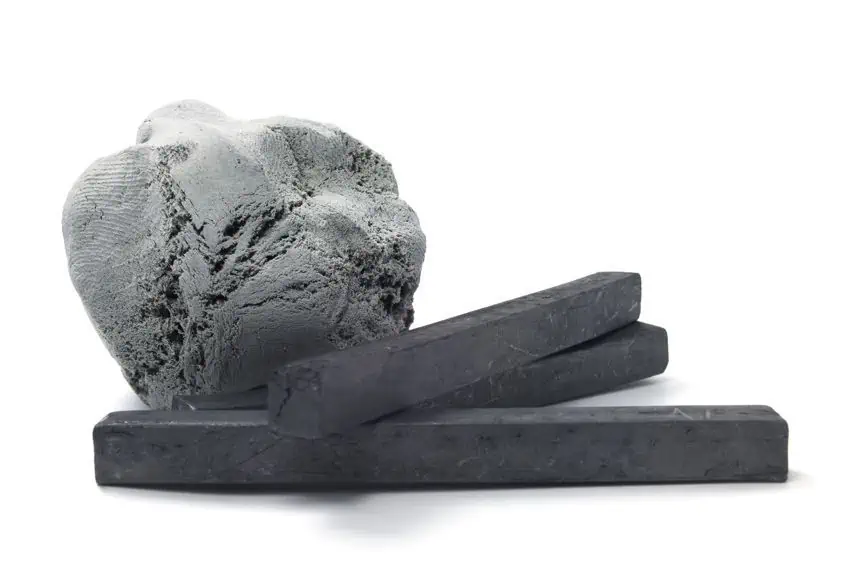
On the other hand, the charcoal tends to be messier to work with and smudges more easily. Depending on what type of charcoal product you use, it can be difficult to transport. You will also need a little more fixative if you want to preserve your final drawing. Below is a simple table showing the differences between graphite and charcoal pencils.
Graphite Pencils
These are your common pencils used for writing and drawing. Many of us use the term “lead pencil”, which is the common graphite pencil. So, why is it also well-known as a lead pencil? Graphite was first discovered somewhere in the 16th century, and many assumed that it was lead, and the name has kind of stuck around. The wood and graphite pencils as we know them today were first manufactured in the 18th century.
The design of the graphite pencils improved, and clay was added to the graphite to influence the softness and hardness of the pencils.
The clay that was added, increased the hardness of a pencil. This means there was less graphite that was tightly packed in a pencil, so it produces lighter marks on the paper. Other pencils with more soft graphite and less clay, will produce a much darker mark on the paper. The hardness of a pencil is graded on what is known as the HB scale. We will be dealing with the grade of hardness a little later in the article.
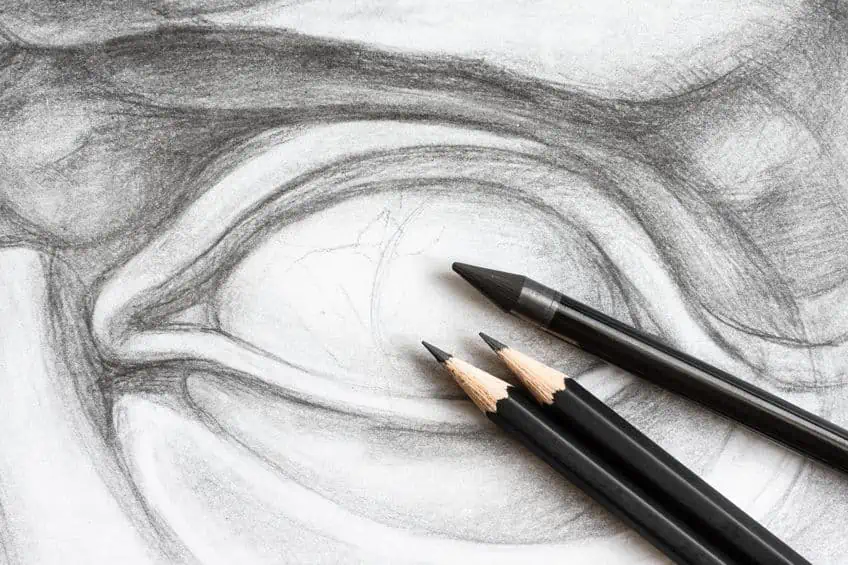
These are the most common pencils for drawing and are great for beginners, as they are easy to use, and everybody is familiar with them. They are easier to control, are less likely to smudge, and can do finer details when drawing. The graphite pencils are also easier to travel with and are more durable. However, some may find that graphite pencils take longer to cover larger areas, which can be more restrictive. Graphite pencils might not be the best option for creating layers, as a few layers of graphite can become too shiny and may not be what you are looking for in your final drawing. This reflective surface it creates could also be problematic if you want to take any photos of your work.
| Graphite | Charcoal |
| Used for finer details and offers more control and smoother application | Covers larger areas best |
| More versatile | Can only offer rough, thicker lines |
| Easier to transport and to use | More difficult to transport and can be messy to use |
| Smudges less than charcoal | Smudges easily |
| Not the best option for layering, can create a glare or reflect light | Layers well with a matte finish and no glare |
| Range of hard and soft pencils | Offers much darker markings |
| More difficult to reach a dark black | Darkens to a dark black easily and quickly |
| Easy to draw lightly | Can work with white drawing pencil to create a full range of color values |
Coloring Pencils
These types of pencils contain an oil or wax base that contains a color pigment mixed with some water and a bonding agent. The wax-based pencil was used by the Ancient Greeks; however, the colored pencil was only manufactured more widely in the 20th century. As with other types of pencils, you also get hard and soft-colored pencil options. The oil-based pencils tend to be a bit harder and stronger than wax-based pencils, which tend to break easily. The oil-based variety also lasts longer as the color pigments work better in an oil base.
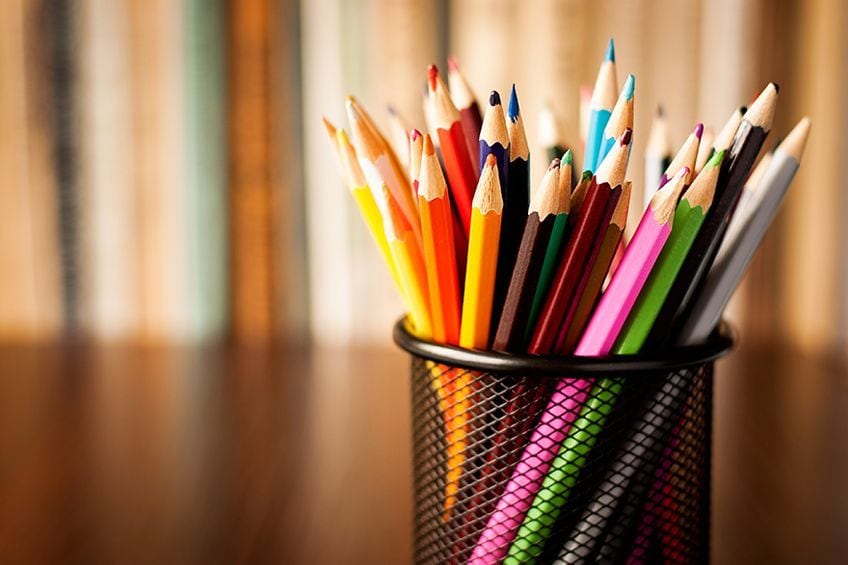
Mechanical Pencils
These pencils do not have to be sharpened and create fine sharp lines. Mechanical pencils cannot create thicker and bolder lines like graphite pencils. These types of pencils are used often for writing and drafting. When you run out of “lead”, you simply replace it with another one, which is quite convenient and one of the advantages of these types of pencils. When using the pencil, it will not reduce in size, so the tip always retains its thickness, providing continuous sharp and clean lines. Even though you cannot draw thicker lines as with a normal graphite pen, which can do both thick and thin lines, the mechanical pencil “lead” does come in different sizes.
You can get smaller 0.3 mm for finer lines, and 0.7 mm for thicker lines. The pencil “lead” also comes in varying degrees of hardness and softness for lighter and darker marks on paper.
Other Pencil Options
There are even more types of pencils available, for example, you can get the woodless pencil that has no wooden barrel casing and only has a lacquer coating. These pencils usually have a thicker “lead” or graphite piece that is perfect for covering larger areas but are a lot more expensive. You can also get watercolor pencils. These pencils act like watercolors when a wet brush is used to blend the markings on the page.
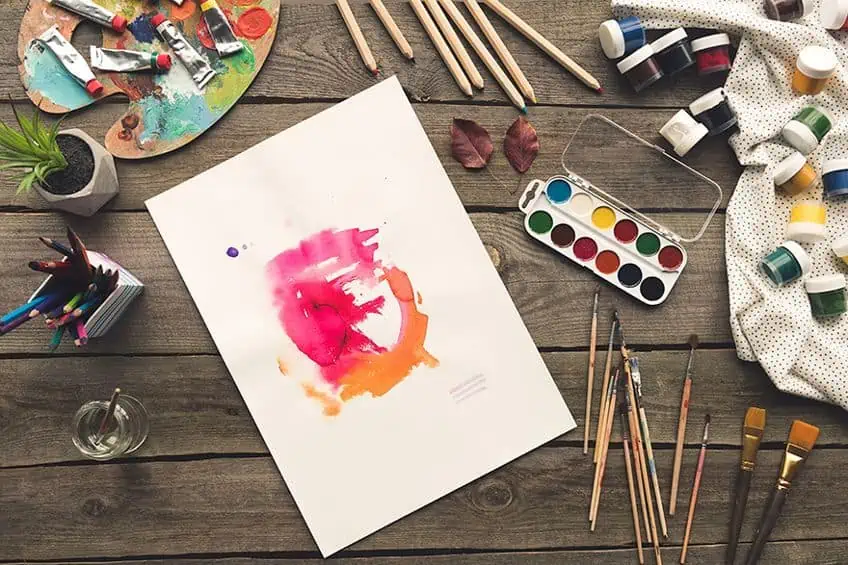
Pencil Hardness
Once you know what your drawing style is, the next is to understand what different grade pencils there are. Some provide darker markings, while others are lighter, and all of these are graded from 9H to 9B on the pencil grading scale. The darker pencils are softer, however, this does not mean that it is weak, as they are usually just as durable as the harder pencils. The major difference is in the effect they produce. Understanding this can help you to collect a set that has a wide range that can meet all your drawing needs and create various tones and shades.
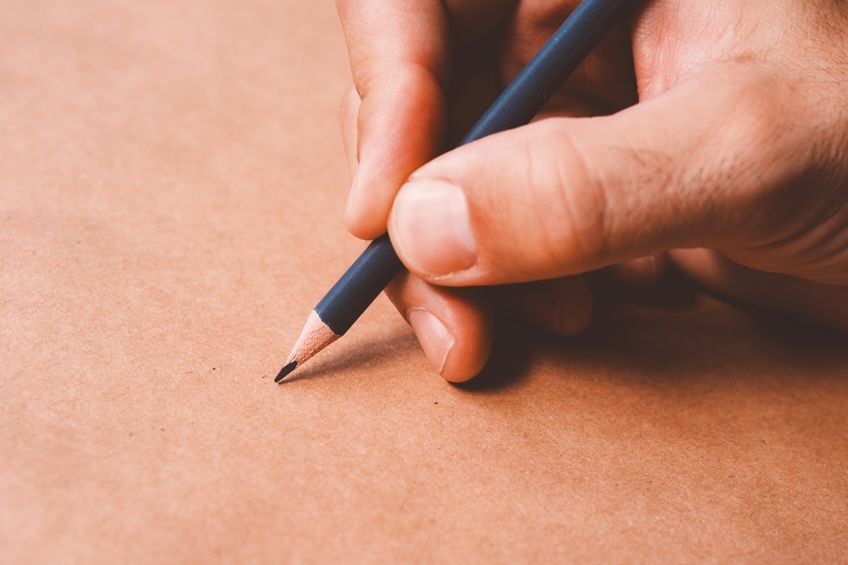
As mentioned, graphite pencils are graded on the HB scale and to the mixture of clay and graphite within a pencil. The more clay, the more solid a pencil is but it will write lighter as it contains less graphite. The more graphite and less clay make the pencil softer and create darker markings. The measurement scale runs from 9H to 9B, with HB being your standard pencil in the middle.
| Hard and Light Pencil Grade | Middle of the Scale | Soft and Dark Pencil Grade |
| 9H, 8H, 7H, 6H, 5H, 4H, 3H, 2H, and H | HB | F, B, 2B, 3B, 4B, 5B, 6B, 7B, 8B, and 9B |
The letter “H” stands for hardness and can stay sharp for quite a while, and these pencils produce lighter markings on paper because less graphite is left behind on the paper. The pencils need to be used harder on the paper, which in turn, makes it more difficult to erase.
These pencils can also leave grooves behind on the page, which is why they are not the first choice for sketching.
The letter “B” represents softer pencils and contains more graphite. Since they are softer, they tend to get blunt faster as they leave more graphite on the paper. This makes the markings on the paper much darker. These types of pencils are easy to use, and you do not have to press down hard like the harder pencils. Markings are also easily erased, depending on the type of paper, and are one of the best options for sketching. These pencils are also great for blending different shades and tones.

The “F” pencil is not often used and is rarely found in a drawing pencil set. The letter stands for fine point and is an in-between pencil as it can produce both slightly darker and light markings. The “HB” pencil is the best average and most common pencil used in everyday life. The numbers simply measure the softness and hardness along the scale. For example, the 9H is the hardest pencil with the lightest markings, while the 9B is the softest and darkest pencil. When choosing pencils for drawing, you can ignore the “F” and “H” pencils as they are mostly used for draughting, architects, and professional artists or illustrators who need to do detailed sketches. Below is a table with the main hardness grades and their uses.
| Pencil Hardness Scale | Pencil Uses |
| H-Pencils | Hard and light, smudge resistant, and produces clean lines. Great for light sketching, technical sketches, and outlines. |
| B-Pencils | Softer and darker can smudge easily, but are easily erased. Best for drawing, sketching, and shading. |
| F-Pencils | Best for writing and finer detailed drawings. |
| HB-Pencils | Middle of the scale and a standard pencil, which is great for writing, sketching, and linear drawing. |
Durability
Make sure the pencil you choose has a durable point that you do not have to sharpen too many times. This should help provide a smoother drawing experience that saves time. Of course, a softer pencil will naturally wear down faster than a hard pencil. Look for quality art pencils that have a range of grades, so you can produce both lighter and darker shades. Even though charcoal does tend to crumble, it does not mean that it is less durable or of low quality.
This is simply how charcoal is and why artists use it.
Pencil Quality
You will want to go for quality pencils as you do not want the pencils to break too easily. You want good pencils that provide the best drawing experience. You also do not want to waste your money on poor-quality products. The pencils should be made from good quality materials. For something like the mechanical pen, you should also look for a good design for a comfortable grip, and the lead inside should easily come out when you click the pencil each time.

Best Brands for Sketching Pencils
There are quite a few brands available, some more expensive than others, which is another aspect to consider. Your budget might be what determines which pencil product you get. However, going too cheap can be detrimental to your final drawing. All the graphite brands can also be used interchangeably. Here are some of the best drawing pencil brands.
- Faber-Castell
- Staedtler
- Rembrandt
- Caran D’ache Graphite
- Derwent Graphite
- Prismacolor
Our Professional Drawing Pencil Recommendations
Whether you are looking for a professional drawing pencil or a basic set of art pencils, there are many options available to you. We have already mentioned some of the more common and popular brands but let us now take it a bit further with a few recommendations.

Best Graphite Drawing Pencil: STAEDTLER Mars Lumograph Art Drawing Pencils
The Staedtler Art Pencils is a good quality graphite drawing pencil set. The pencil barrel is made from cedarwood that contains a water-based lacquer. The pencil lead is also quite durable and will not break easily. There is a range of hard and soft grades, which makes it perfect for drawing, sketching, as well as portraits. These pencils can successfully be used by professional artists and graphic applications. The set comes with 12 pencils of varying grades, which are stored in an easy-to-carry storage tin. The pencils can easily be erased and sharpened. The pencils also do have the same “shine” as regular graphite and provide more of a matte finish due to their higher carbon content. The pencils tend to blend well and can be used for detailed work.
- Premium quality drawing pencils with break-resistant lead
- Suitable for writing, drawing, sketching, and hatching
- The set includes 12 different hardness graded pencils
- Pencil lead does not break easily
- High quality
- Provides high contrast and clear lines
- Has more of a matte finish, so no shine
- Sharpens easily
- Expensive
- Darker marks can be difficult to erase, causing smudging
Best Charcoal Drawing Pencil: GENERAL Charcoal Pencils
The General Charcoal Pencils are an American manufactured product that offers great quality that comes at a good price. Many reviews say this is a great professional drawing pencil charcoal set that is also a good start as a beginner’s set. The set includes both black and white pencils as well as a carbon sketch pencil. There are also compressed charcoal sticks, a sharpener, and an eraser.
- Includes black and white charcoal pencils and compressed charcoal
- Comes with additional accessories and a carbon sketch pencil
- The original charcoal drawing kit with excellent quality pencils
- Great quality
- Affordable
- Provides deep, dark black color
- Good starter set
- Breaks easily once sharpened
Best Colored Pencils for Drawing: FABER-CASTELL Colored Pencil Set
The Faber-Castell Colored Pencil Set is used by many artists. The German-made product offers high-quality pencils that can be used in many ways. There are 60 pieces to this set that all come in a sturdy tin. The pencils offer vibrant and smooth color that is smudge-proof, water-resistant, and will not fade over time. The pencil lead is break-resistant and comes in a 3.8 mm size. The permanent, acid-free color is easy to blend, which is perfect for creating a layered effect and highlights.
- The set of polychromes colored pencils comes in a metal tin
- The acid-free pencils can lay down delicate and strong strokes
- Vibrant colors and easy blend-ability
- Vibrant colors
- Smudge-proof
- Water-resistant
- Strong, break-resistant lead
- Blends and layers well
- Expensive
Best Watercolor Pencil: CASTLE ART SUPPLIES Watercolor Pencils
These watercolor pencils come in 72 vibrant colors, packaged in a tin box. Each pencil has its color name displayed, along with a number and color code for easy reference. To make things even more convenient, the pencils are arranged in color families. The pencil lead is break-resistant and can be used as a normal colored pencil when dry. Simply use a little water and have a brush handy to use the pencils as you would watercolors. Once activated, they dissolve and blend nicely to create all kinds of watercolor effects.
- The ultimate watercolor pencil set with a wide range of colors
- Intensely pigmented and break-resistant leads that hold their point
- Can be used dry, or activated with a little water once laid down
- Affordable
- Comes in an array of bright colors
- Dissolves and blends well for watercolor effects
- Break-resistant lead
- Lead breaks easily when sharpened
- Can be difficult to get vibrant colors
- Poor packaging
A Few Easy Tips and Tricks for Using Art Pencils
When using pencils for drawing, many of the pencil sets can be quite expensive. So, it is a good idea to always make sure you look after your art pencils. Try not to drop the pencils as this could cause the lead inside to break. Here are a few more tips that can make sure you get the best out of your sketching pencils.
- You can also sharpen with fine sandpaper to maintain a sharp point on softer pencils.
- When using the sandpaper or creating dust from sharpening, keep it and do not throw it away. You can use this to create shaded effects and smudging in your drawings.
- Use cotton buds or a special paper blender for blending your drawings. Some prefer to simply use their fingertips, but your finger does have oil on the surface, which can then be transferred onto the paper.
- Hold your graphite pencil at the end to create lighter sketches. For more control, hold the pencil closer towards the tip.

- To prevent smudging by accident, try using extra paper placed underneath your hand.
- Hold your graphite pencil at the end to create lighter sketches. For more control, hold the pencil closer towards the tip.
- When brushing off any dust once you have used your eraser, instead of using your hand, rather use a soft brush.
- Use a fixative to help prevent smudging when your painting is in storage or on display.
- Use lighter or heavier pressure to create thinner or thicker and darker lines.
- Learn about the types of paper available as this could affect the outcome of your drawings.
- Make sure you understand all the drawing techniques so you can create various styles and effects.
Now that you have a basic understanding of the different types of pencils, it is time to choose your own drawing pencil set and have fun creating your art piece. If you do not want to purchase an entire set, the best drawing pencils are your HB, as well as your two, six, and nine B.
Frequently Asked Questions
Is a 2B Pencil Lighter or Darker Than an HB Pencil?
When looking at the hardness grade scale, you will note some letters and numbers. The numbers indicate the “blackness” of a pencil, while the number displays the degree of hardness or softness. The 2B, in this case, refers to a pencil that is darker and softer than the HB, which sits in the middle of the scale. On the opposite side of the scale, you will have harder and lighter pencils.
What Paper Is Best for Drawing?
You can draw on any type of paper, it is determined by what you want to draw. Smoother paper is better for more detailed drawings, while more expressive drawings can be done on rougher paper that has more “tooth”.
Is It Possible to Use Charcoal With Graphite?
You can use these two drawing mediums separately, or you can use them both. They do not blend well, but next to each other, they can create some interesting effects. This technique should rather be used by the more experienced artist, who is comfortable with using both charcoal and graphite pencils.
What Is a White Pencil Used For?
A white pencil is a tool you can use to blend with and create highlights. You can also soften and smooth colors with a white color pencil. White pencils are also great to use on darker paper to make outlines, or simply use as any other graphite pencil.
In 2005, Charlene completed her wellness degrees in therapeutic aromatherapy and reflexology at the International School of Reflexology and Meridian Therapy. She worked for a company offering corporate wellness programs for several years before opening her own therapy practice. In 2015, she was asked by a digital marketer friend to join her company as a content creator, and it was here that she discovered her enthusiasm for writing. Since entering the world of content creation, she has gained a lot of experience over the years writing about various topics such as beauty, health, wellness, travel, crafting, and much more. Due to various circumstances, she had to give up her therapy practice and now works as a freelance writer. Since she is a very creative person and as a balance to writing likes to be active in various areas of art and crafts, the activity at acrylgiessen.com is perfect for her to contribute their knowledge and experience in various creative topics.
Learn more about Charlene Lewis and about us.
